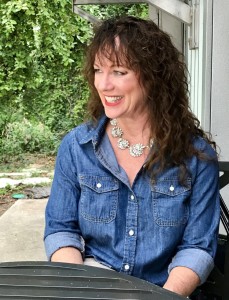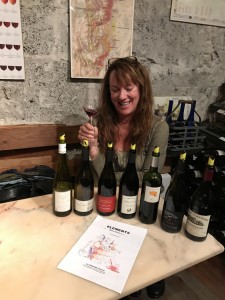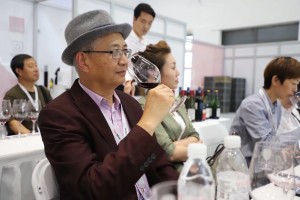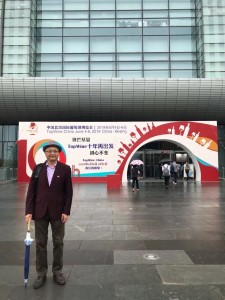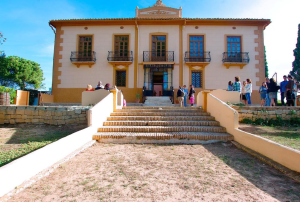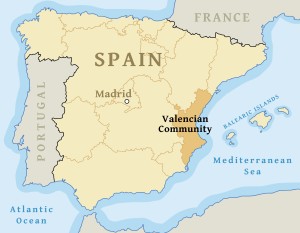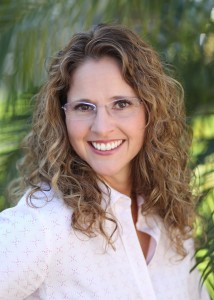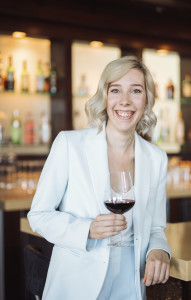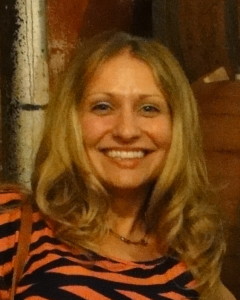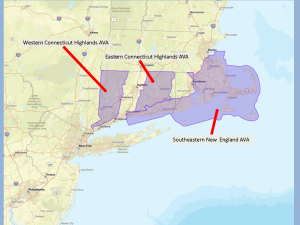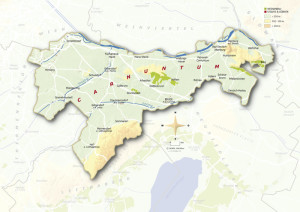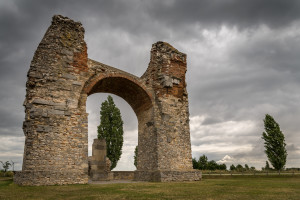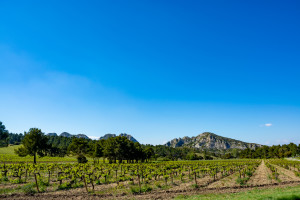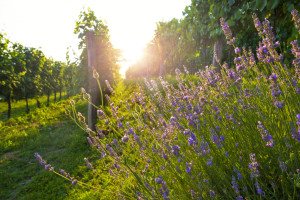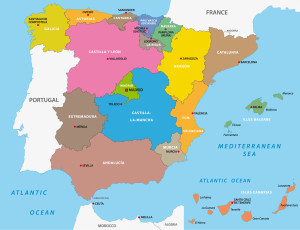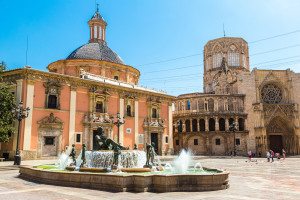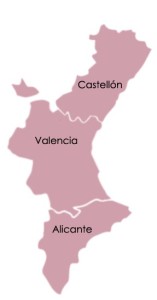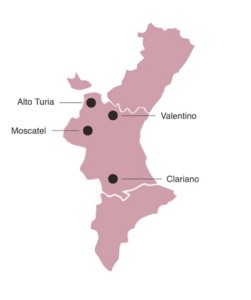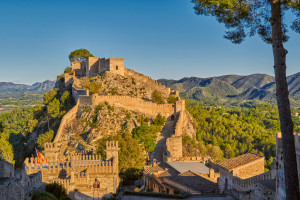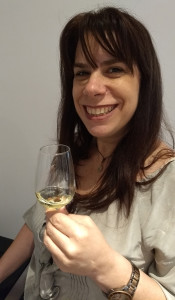The path taken by Christia Sale, CSW, is certainly one less traveled. She grew up in Houston. As a child, she sang in two productions for the Houston Grand Opera; for seven years she was in a semi-professional ballet company. She graduated from the University of Houston with a degree in Commercial Real Estate. In the years that followed, her path included being an enthusiastic traveler, a published author, a radio talk show host, and “a passionate parent.” In 2011, as her book was being published, she spent some time in France and became intrigued with the wine world. “The history, the community and connection to nature fascinated me.” Later, she started selling wine part-time, and that led to a position managing the Midwest region for a national wine demo company, which allowed her to exercise her passion for teaching.
During her time at the company, teaching her contractors about wine and how to connect with customers by projecting a happy feeling into their interaction, she realized that nobody in her organization had a wine education certificate—a clearly unacceptable situation. Finding the Society of Wine Educators, she took action, first achieving her CSW, and at present working toward her CWE. She also takes part in the hands-on aspects of winemaking at a local vineyard, which adds a breadth and dimension to her education beyond what she can obtain from books.
Christia currently lives in New Braunfels, Texas, where she teaches wine and cooking classes, and, as she says, “its important to me that all my classes are an event. Everyone feels engaged, enjoying themselves but also learning something.” She teaches the cooking classes as the Ageless Gourmet, the focus being on “ageless living through knife, fork, and fun.” Her Ageless World of Wine class is “where age becomes magic”. Her intention with both classes is to show how each world can make people feel.
Christia’s particular gift seems to be her ability to connect her passions for wine and cooking with the rhythms of people’s everyday experiences in the world. The intersection of the two is a place of opportunity: wine and cooking are not somehow separate from other experiences, but are part of them and can enhance them and even give them meaning. Here it is best to let Christia speak in her own words:
- “When taking cooking classes in Paris, I learned how to think wine when creating food. . .The two should always be intertwined in my opinion. Creating a story (linking food with wine) from a story (the history of that wine) makes for good teaching.”
- “Every decision a person makes is based on how it will make them feel. By tapping into feelings and elevating awareness in something as simple as enjoying wine, you can encourage that same awareness to other aspects of their lives. Encouraging critical thinking encourages awareness.”
- “My name is Christia Sale, and I’m a romantic. I want everyone to be happy. Realistic or not, I want to teach people that happiness is a choice, not a result of circumstance. And I can do that through the way I share my passions with others.”
Guest post written by Reverend Paul Bailey
If you are a SWE certificate holder and would like to be featured in our “On the Radar” series, please contact our Director of Education and Certification, Jane A. Nickles: jnickles@societyofwineeducators.org
